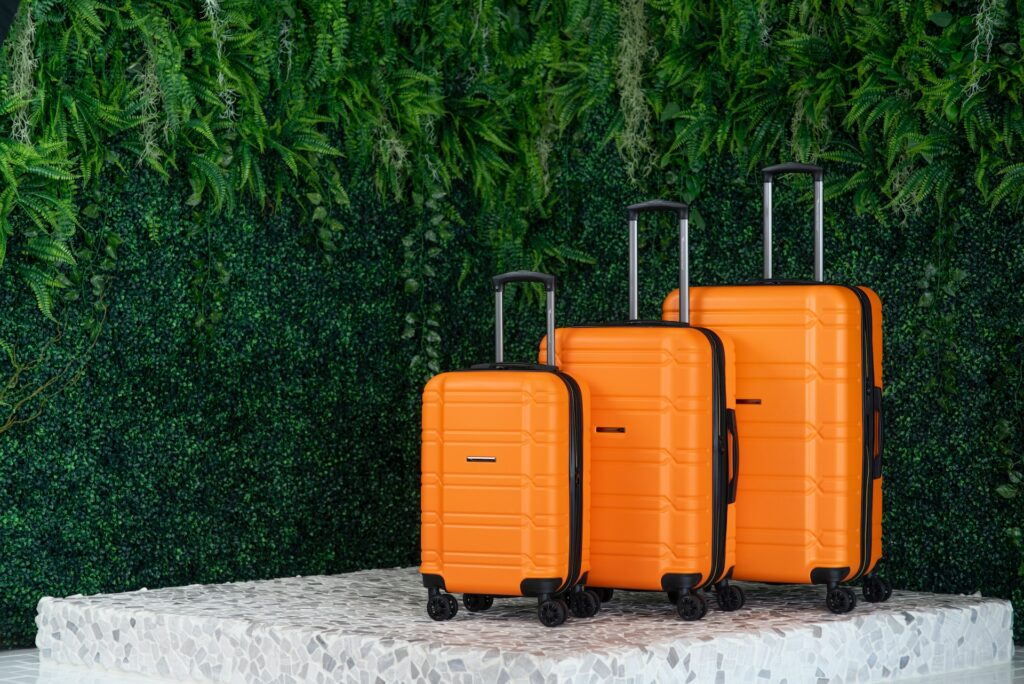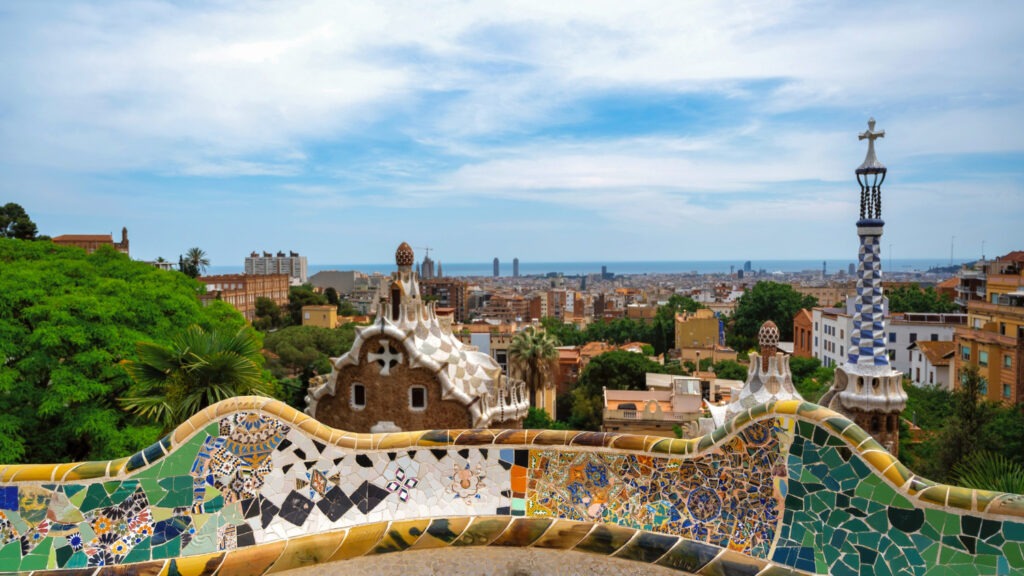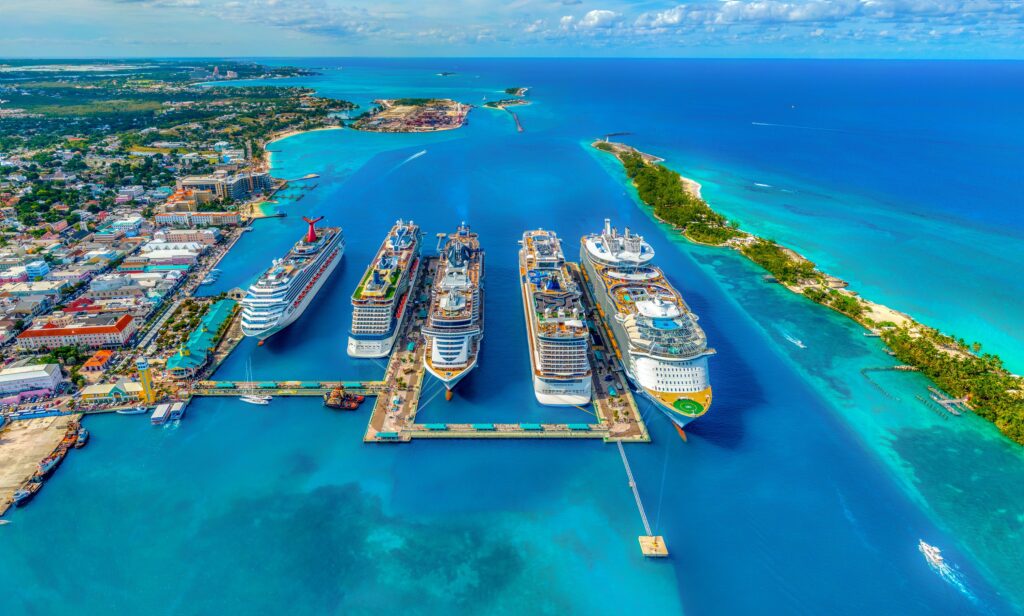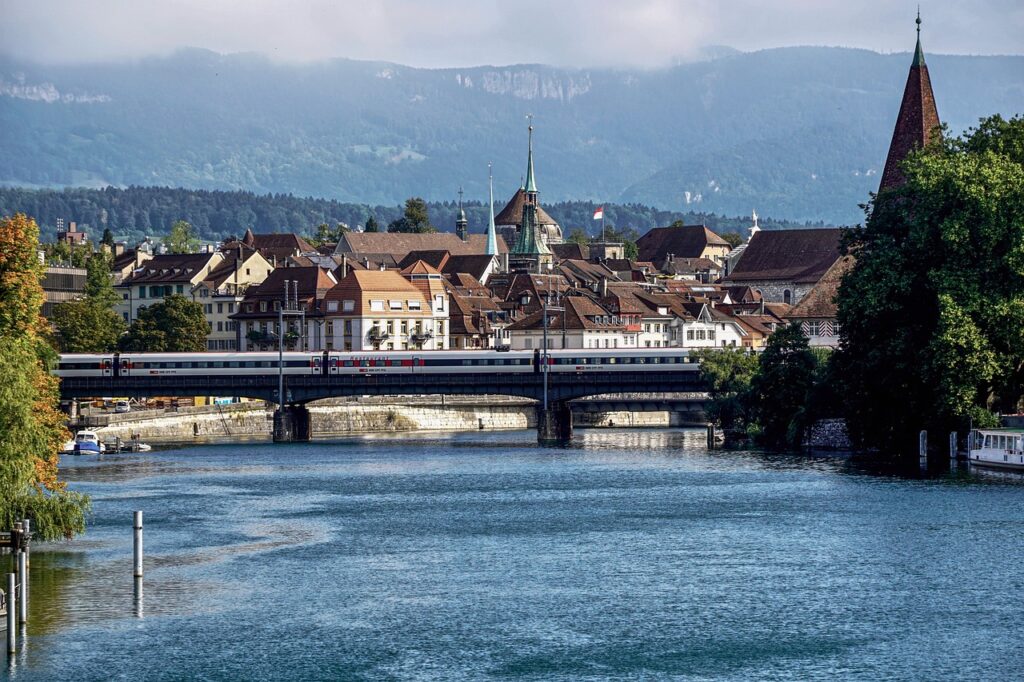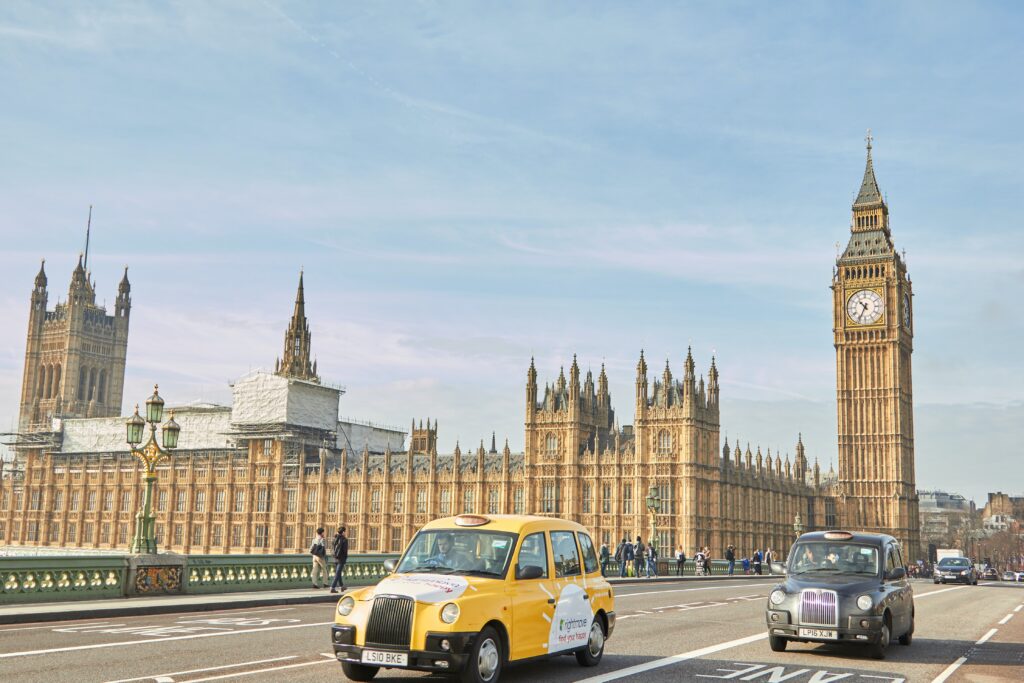Best Hard Shell Carry-On Bags on Wheels for Hassle-Free Travel
Best Hard Shell Carry-On Bags on Wheels for Hassle-Free Travel Traveling can be stressful, and the last thing anyone wants is to be weighed down by heavy luggage. A carry-on bag is a must-have for any traveler, and a hardshell carry-on bag is an excellent option for those who want to protect their belongings from damage. With so many options on the market, it can take time to determine the best fit for you. There are a few essential things to consider regarding hardshell carry-on bags: The bag’s material should be durable and able to withstand the wear and tear of travel. The size of the bag is critical, as it needs to meet airline size restrictions for carry-on luggage. The bag’s wheels should be sturdy and able to handle various terrains. After researching and testing various hardshell carry-on bags on wheels, we have identified the top options available. These bags meet the necessary criteria and offer additional features such as expandable compartments and TSA-approved locks. This article will highlight the best hardshell carry-on bags on wheels to make your travel experience as smooth and stress-free as possible. Best Hard Shell Carry-On Bags on Wheels We know the importance of having a reliable carry-on bag when traveling. That’s why we’ve compiled a list of the best hardshell carry-on bags on wheels to help you find the perfect travel companion. These bags are not only durable and sturdy, but they also provide ample space for all your essentials. So, whether you’re a frequent flyer or an occasional traveler, you’ll find a bag on this list that suits your needs. So, let’s dive into our top picks for the best hardshell wheel carry-on bags without further ado. DELSEY Paris Titanium Hardside Expandable Luggage DELSEY Paris Titanium Hardside Expandable Luggage We highly recommend the DELSEY Paris Titanium Hardside Expandable Luggage for anyone looking for a durable and lightweight carry-on bag with ample space for packing. PURCHASE We highly recommend the DELSEY Paris Titanium Hardside Expandable Luggage for anyone looking for a durable and lightweight carry-on bag with ample space for packing. Pros The polycarbonate shell is highly durable and scratch-resistant, providing excellent property protection. The four double-spinner wheels make it easy to maneuver, and the off-center wheel axles provide a broader, more stable base for a smooth roll. The front laptop compartment is a unique feature that makes it easy to access your laptop during travel. Cons The bag does not have a key for the TSA lock, so you must remember the combination or risk of having the lock cut off by TSA agents. The bag is expensive compared to other carry-on bags, but the quality and durability make it worth the investment. Some users have reported that the wheels can be prone to breaking or falling off after extended use. The DELSEY Paris Titanium Hardside Expandable Luggage is an excellent choice for anyone who wants a carry-on bag that is both stylish and functional. The polycarbonate shell is lightweight yet highly durable, and the scratch-resistant matte finish helps prevent damage from everyday wear and tear. One of the standout features of this bag is the front laptop compartment, which is a convenient way to access your laptop during travel without having to open the entire bag. The bag has two packing compartments, tie-down straps to keep your belongings secure and wrinkle-free, and a zippered pocket for delicate items and accessories. The four double-spinner wheels make it easy to maneuver, and the off-center wheel axles provide a broader, more stable base for a smooth roll. The bag also has a recessed TSA-approved combination lock for added security. Overall, we highly recommend the DELSEY Paris Titanium Hardside Expandable Luggage for anyone looking for a durable and functional carry-on bag that will last years. Coolife Luggage Suitcase PC+ABS Spinner Built-In TSA lock 20in 24in 28in Carry on (Caribbean Blue, S(20in_carry on)) Coolife Luggage Suitcase PC+ABS Spinner Built-In TSA lock 20in 24in 28in Carry on (Caribbean Blue, S(20in_carry on)) If you’re looking for a hardshell carry-on bag on wheels, the Coolife Luggage Suitcase PC+ABS Spinner is a great option. PURCHASE If you’re looking for a hardshell carry-on bag on wheels, the Coolife Luggage Suitcase PC+ABS Spinner is a great option. Pros The hard plastic shell is solid and sturdy, withstand rough handling. The built-in TSA lock ensures your valuables are secure and safe. The 100% pure aluminum telescoping handle is sturdier than most on the market. Cons The smaller suitcases cannot be stored inside the larger ones, even though they are sold separately. The body is not scratch-proof. The handles and telescopic handle look like cheap quality fits. The Coolife Luggage Suitcase PC+ABS Spinner is an excellent option for a hardshell carry-on bag on wheels. The hard plastic shell is solid, sturdy, and withstands rough handling. At the same time, the built-in TSA lock ensures your valuables are secure and safe. In addition, the 100% pure aluminum telescoping handle is sturdier than most on the market. On the downside, the smaller suitcases cannot be stored inside the larger ones, even though they are sold separately. Also, the body is not scratch-proof, and the handles and telescopic handle look like cheap quality fits. The Coolife Luggage Suitcase PC+ABS Spinner is a good option for a reliable hardshell carry-on bag on wheels. Briggs & Riley ZDX-Expandable Luggage Briggs & Riley ZDX-Expandable Luggage Suppose you’re looking for a high-quality hardshell carry-on bag on wheels. In that case, the Briggs & Riley ZDX-Expandable Luggage is a great option that you should consider. PURCHASE Suppose you’re looking for a high-quality hardshell carry-on bag on wheels. In that case, the Briggs & Riley ZDX-Expandable Luggage is a great option that you should consider. Pros The expandable feature of this luggage allows you to pack more than you would expect in a carry-on bag. The outside battery pocket is a nice feature that keeps your phone charged while on the go. The lifetime guarantee is a great assurance that you invest
Best Hard Shell Carry-On Bags on Wheels for Hassle-Free Travel Read More »
